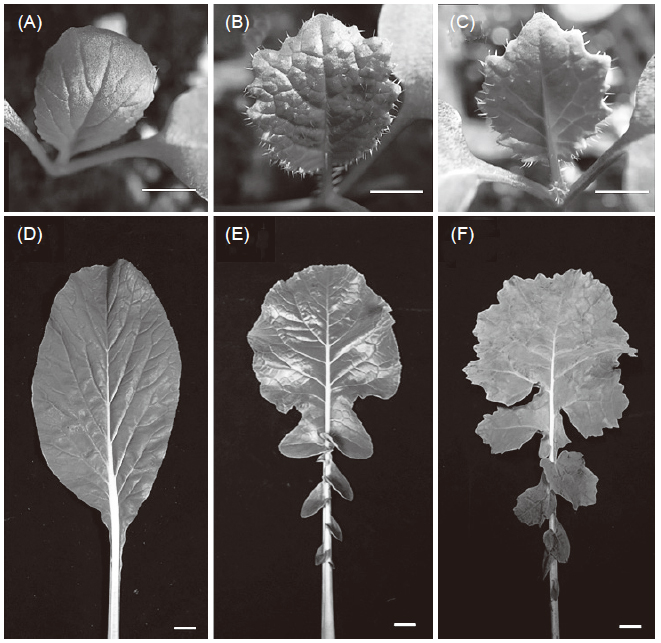All issues

Author:Yuan-Kai Tu, Han-Wei Chen, Yi-Chu Hung, Yen-Chun Lin, and Bo-Jein Kuo*
Abstract:
Brassica oilseed is a member of Brassicaceae and is one of the major oil crops along with Glycine max, Arachis hypogaea and Helianthus annuus in the world. Nowadays, many genetically modified (GM) commercialized oilseeds have been bred in order to reduce the use of pesticide and herbicide. However, GM crops may cause the gene flow problem and result in hybridization with wild species or relative species. Therefore, the GM oilseed may cause the contamination of non-GM relatives. As a result, it is necessary to establish a fast and reliable detection method to efficiently discriminate F1 hybrid derived from crossing GM with non-GM oilseed. In this study, Brassica napus from Mainland China called ‘Deza oil No.18? was used as donor parent and the winter cropping Brassica rapa in Taiwan named ‘Nongxing 80 days? was used as recipient parent to produce the F1 hybrids. In this study, we tested the feasibility of detection methods, including flow cytometry (FCM), lobed-leaf trait investigation and sequence-related amplified polymorphism (SRAP) marker analysis. Firstly, the aforesaind detection methods were used to examine the F1 hybrids derived from crossing by artificial pollination. Then, we verified the detection methods using F1 hybrids obtained from natural crossing in the field. The results showed that regardless of the F1 hybrid collected from artificial-crossing or natural-crossing, lobed-leaf investigation and SRAP marker analysis were able to efficiently and robustly identify the F1 hybrids. Besides, to some extent, we also found that F1 hybrids are very similar in morphology to their donor parent. Values of sensitivity, specificity, positive predictive value and negative predictive value were 100%. The lobed-leaf discrimination and SRAP marker analysis methods could be used for correctly detecting the adventitious presence (AP) of hybrids derived from crossing B. napus and B. rapa in Taiwan.
Key words: Brassica napus, Brassica rapa, Sequence-related amplified polymorphism (SRAP), Lobed-leaf trait, Interspecific hybridization
Download:![]() PDF Links
PDF Links
- 1. Development of Tractor-Mounted Seedling Transplanter for Sweet Potato
- 2. Synergistic Effect of Additional Gas on the Toxicity of Phosphine to Sitophilus oryzae and Sitophilus zeamais (Coleoptera: Dryophthoridae)
- 3. Effects of Temperature and Solar Radiation on Growth Traits and Plant Elements in Purple Leafy Sweet Potato
 Submit your manuscript
Submit your manuscript
 Guide for authors
Guide for authors